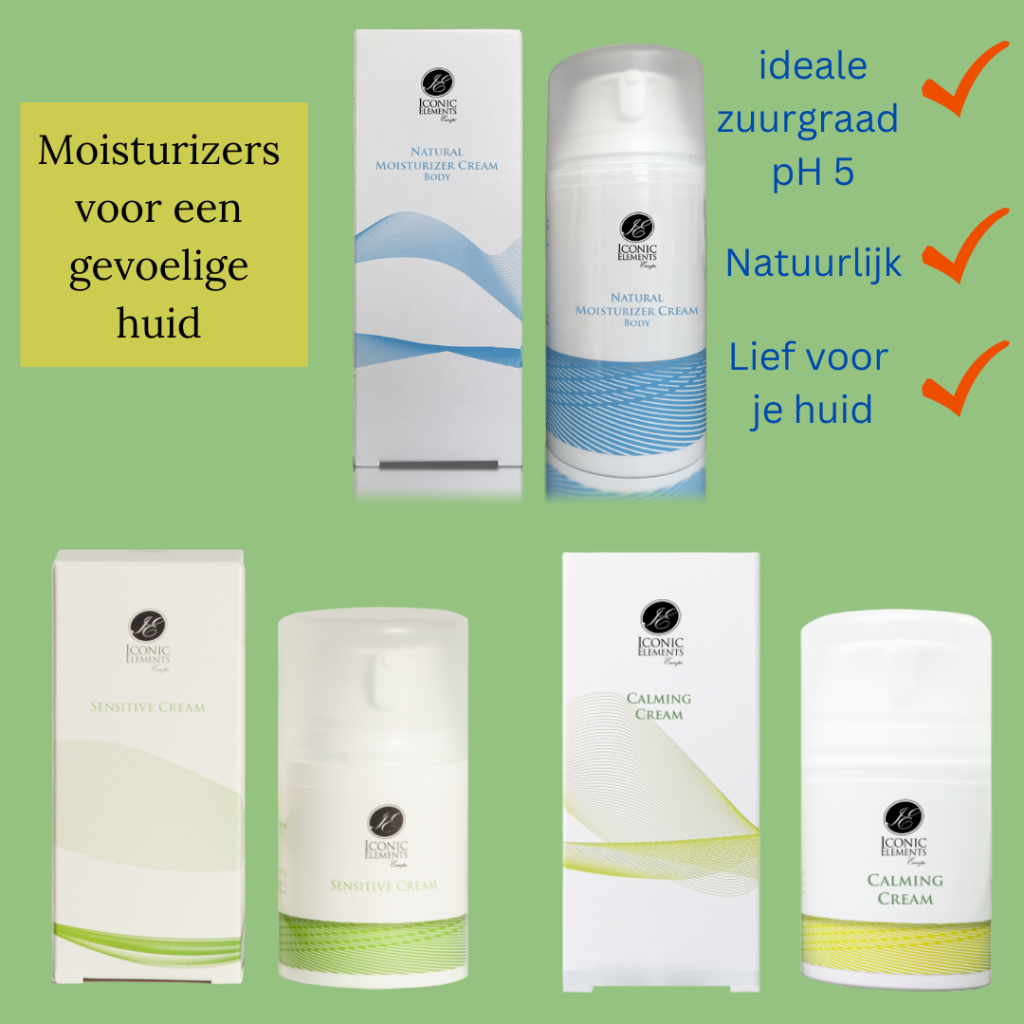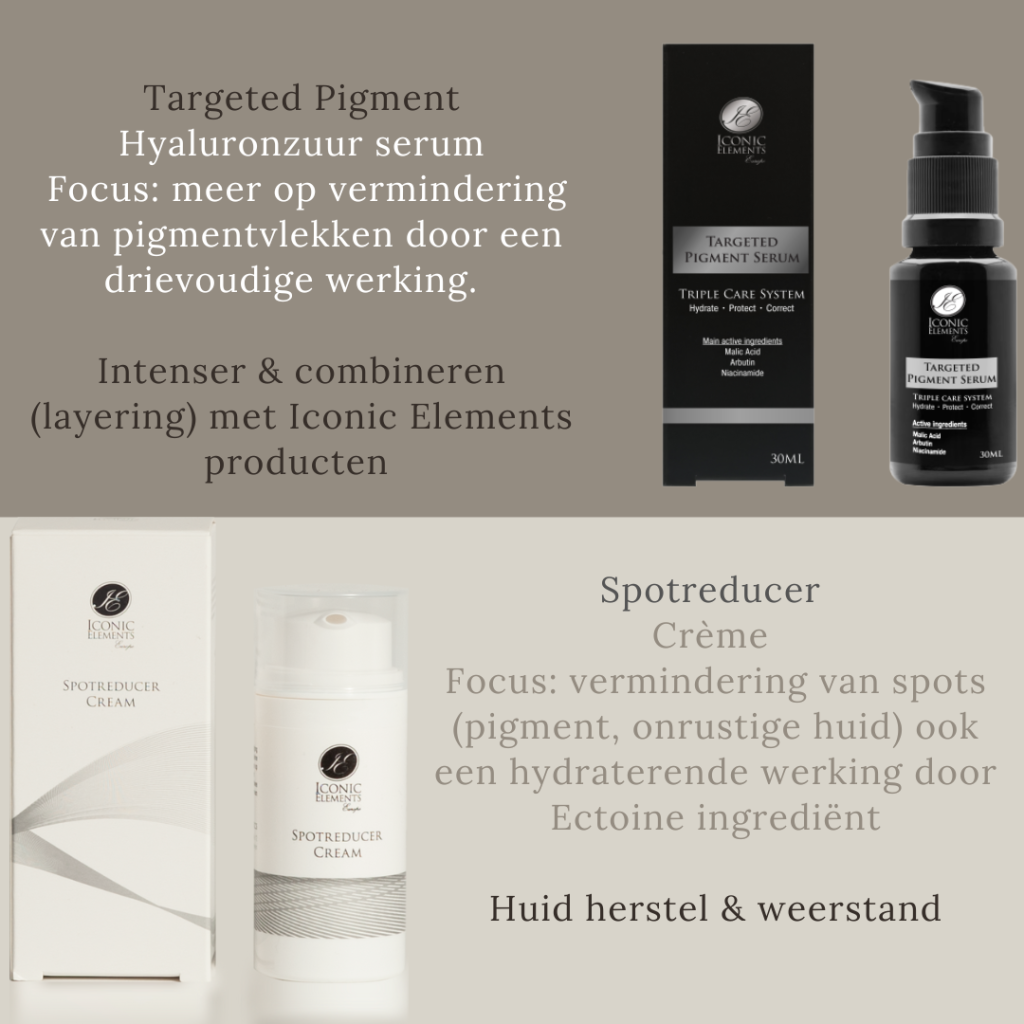Asian skin – what are the skin differences?
You may not think so, but Asian skin is dark skin. The skin can be divided into different skin types. According to Fitzpatrick’s classification, there are six skin types. Different skin types are classified according to how they react to UV radiation. Skin types I-III are light skin types. Skin types IV (Mediterranean skin), V (Asian skin) and VI (Negroid skin) fall under the dark skin. Asian skin is therefore one of the darkest skin types. The skin color of Asians can vary from light to dark brown.
There are small differences and features are often underexposed. The biggest challenge for Asian skin is pigmentation. Therefore caution is advised.
More about pigment
Characteristics of dark skin
Dark skin, ranging from light brown to black, has different properties than light skin. First, dark skin contains more pigment. As a result, dark skin is better protected against the sun than light skin. Dark skin contains the same number of pigment cells (melanocytes) as light skin, but these cells produce increasingly larger pigment granules (melanosomes). But dark skin can also burn, so a good sunscreen is certainly not an unnecessary luxury.
Properties of the skin
Dark skin has more cell layers in the epidermis, making the skin more compact. It makes dark skin less prone to aging and wrinkles. Darker skin also contains larger fibroblasts. These are the cells that are responsible, among other things, for the production of collagen and are involved in wound healing. Darker skin has finer collagen fibers in the dermis, but they are denser and parallel.
Dark skin also contains more sebaceous and sweat glands and is therefore usually slightly oilier than light skin. In addition, dark skin contains more small superficial blood vessels than light skin. Dark skin loses more transepidermal moisture than light skin and is therefore often drier.
Sensitivity
Dark skin, especially Asian skin, is very sensitive to pigment changes and therefore needs special care. Asian skin reacts quickly to irritation, damage or inflammation. This can lead to increased or decreased pigmentation or scarring. Many treatments stimulate the skin’s self-healing capacity, but you have to be very careful with Asian skin.

Differences in Asian skin
Asian skin types range from skin type (Fitzpatrick) III to IV in Chinese, type V in Japanese, and type VI in Indians and Pakistanis. So there are many types. The biggest challenge for Asian skin is pigmentation, such as hyperpigmentation after inflammation caused by skin damage, acne or skin diseases. Melasma (pregnancy mask) and nevus of Ota are also more common in Asian people. Another difference with light skin is that Asian skin contains more collagen, which slows down the aging of the skin. Asian skin is more sensitive, perhaps because the epidermis contains a relatively large amount of water, which allows water-soluble substances such as soap and shampoo to penetrate deeper into the skin and cause skin irritation. Asians also often have drier skin or more acne problems due to excessive oil production. Asian skin tends to have larger scars than fair skin, and you’ll also see thicker scars after an injury. More about scars
Sun protection
Asian skin should not be over-treated, such as with scrubs or concentrated active substances such as vitamins A and C. Because any skin irritation causes pigmentation and/or redness. That is why it is important to always recommend sun protection after the treatment. It’s also important to know that in dark-skinned people, starting with skin type 3, pigment cells are activated during the day by blue light, not just UV rays. This is because their melanocytes have a protein (OPSIN3) that responds to blue light. As a result, these areas of the skin may develop brown spots despite using SPF 30 sunscreen. So the advice is always this: use a mineral sunscreen (titanium dioxide AND zinc oxide) and an antioxidant such as vitamin B3, Q10, vitamin E. It works better and gives better coverage than chemical sunscreens. Unfortunately, this advice is rarely given. Usually people only recommend sunscreen and say nothing about the most suitable sunscreen
.
Mutual Asian skin differences
Different Asian skin types. For Asian skin, dermatologists distinguish Fitzpatrick types 3 and 4 (Japanese/Chinese/Korean) and types 5 and 6 (Indian/Pakistani). We notice a clear difference for Asian skin. The Japanese are sensitive to redness. Like the Chinese, they have oilier skin, enlarged pores and also pigment spots. Age spots play a bigger role in Indians. Freckles, age spots, melasma, Ota milia, fungal infection and eczema are common among Chinese people. Acne is also common in Asians.
It is important not to treat too much (topical, laser, peeling), to give good advice on sun protection and good advice on skin hydration, because Asians dry out their skin faster. Asian skin is permeable and therefore prone to dehydration. Dry skin can cause itching and possibly eczema. Vaseline is often recommended, but since Asian skin is a bit oily, it doesn’t feel good and can cause other problems, like acne! Therefore, it is better to recommend other emollients that are more suitable for this skin type. This also applies to Surinamese and Africans, who swear by Vaseline even in the summer.
Skin problems
Common Asian skin problems include oily to dry skin, itching, atopic eczema, acne, hyperpigmentation and hypopigmentation, melasma and lichen planus.
Skin diseases can look different on dark skin than on light skin. The important difference is that dark skin does not show any redness. A skin condition that looks red on fair skin may appear purplish gray on dark skin. This sometimes makes it difficult to accurately identify the condition. To recognize the symptoms of inflammation, it is important to feel warmth, swelling and other palpable abnormalities in the skin.
Dark skin is more likely to develop excess scar tissue (keloids). Skin lesions in darker skin are usually located around the hair follicle (follicle), usually annular (ring-shaped), and papules are often more visible (papules, as in eczema). Eczema patches on dark skin tend to be papules (bumps) rather than red scaly patches (erythema patches). Scratching can cause thickening and coarse skin.
Pigment
Dark skin has a higher risk of pigment changes. And within that, Asian and Mediterranean skin types have a higher risk of hyperpigmentation than very dark skin (type VI) because their skin pigment cells react quickly.
Skin damage caused by inflammation (acne) or trauma can cause post-inflammatory hyper- or hypopigmentation (pigment loss). So both dark and light white spots can occur.
Hyperpigmentation (brown spots) can occur when the melanocytes become overstimulated, for example after chronic eczema or a faded psoriasis. Another potential pigmentation problem in Asian skin is pigment “leakage” from the epidermis into the dermis due to damage to the basement membrane. This deep pigment is often dark blue and difficult to treat. Hypopigmentation can occur from conditions such as pityriasis alba. For pityriasis alba, a mild form of atopic eczema in young children. More about pigmentation spots

